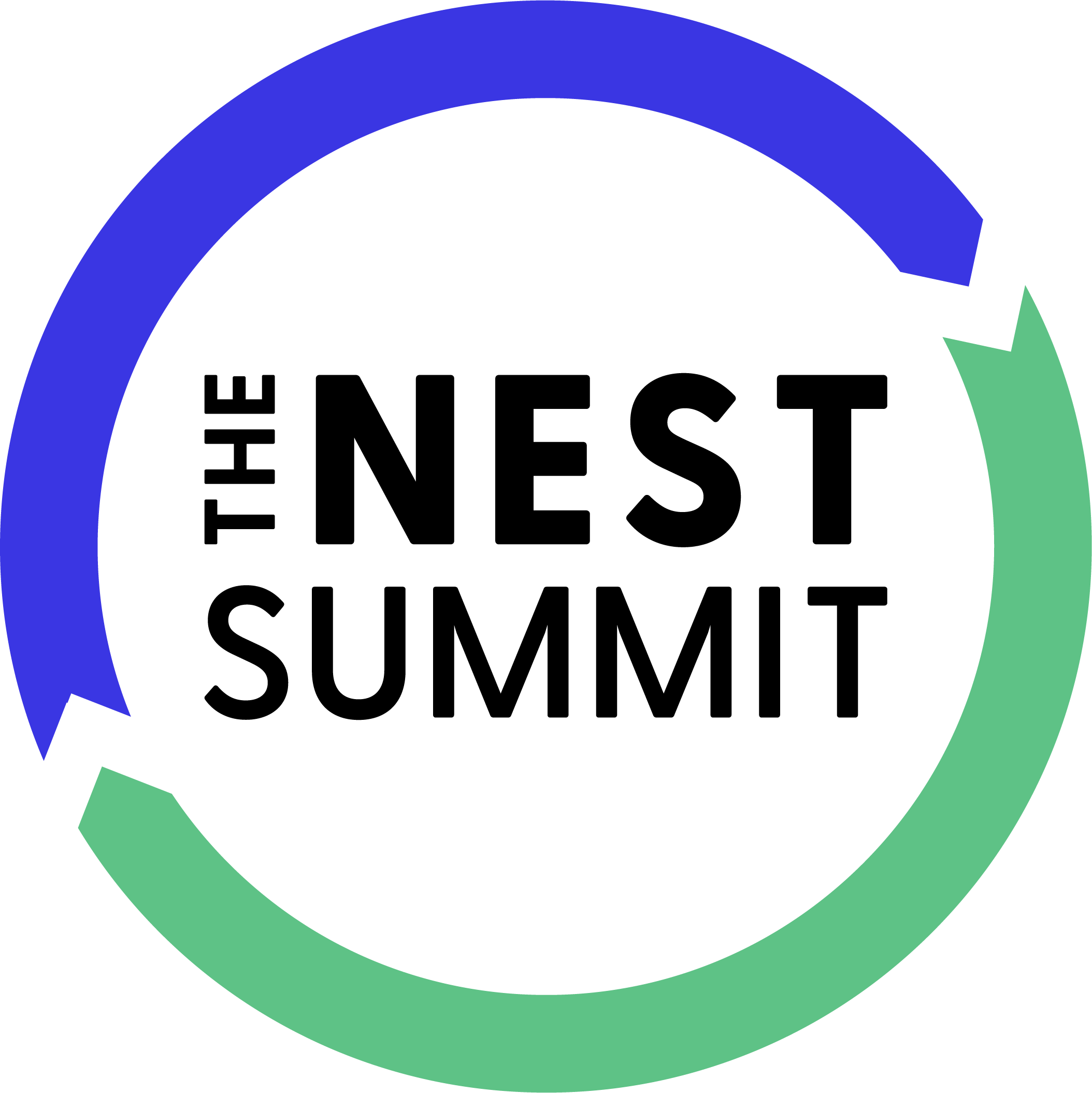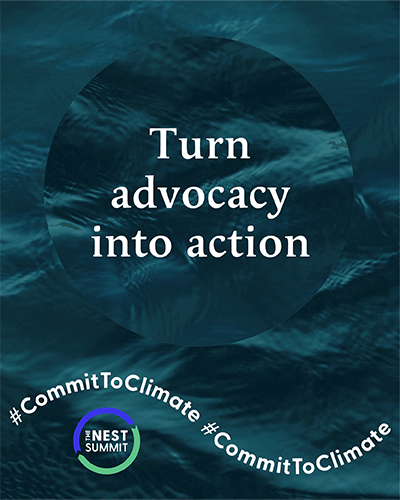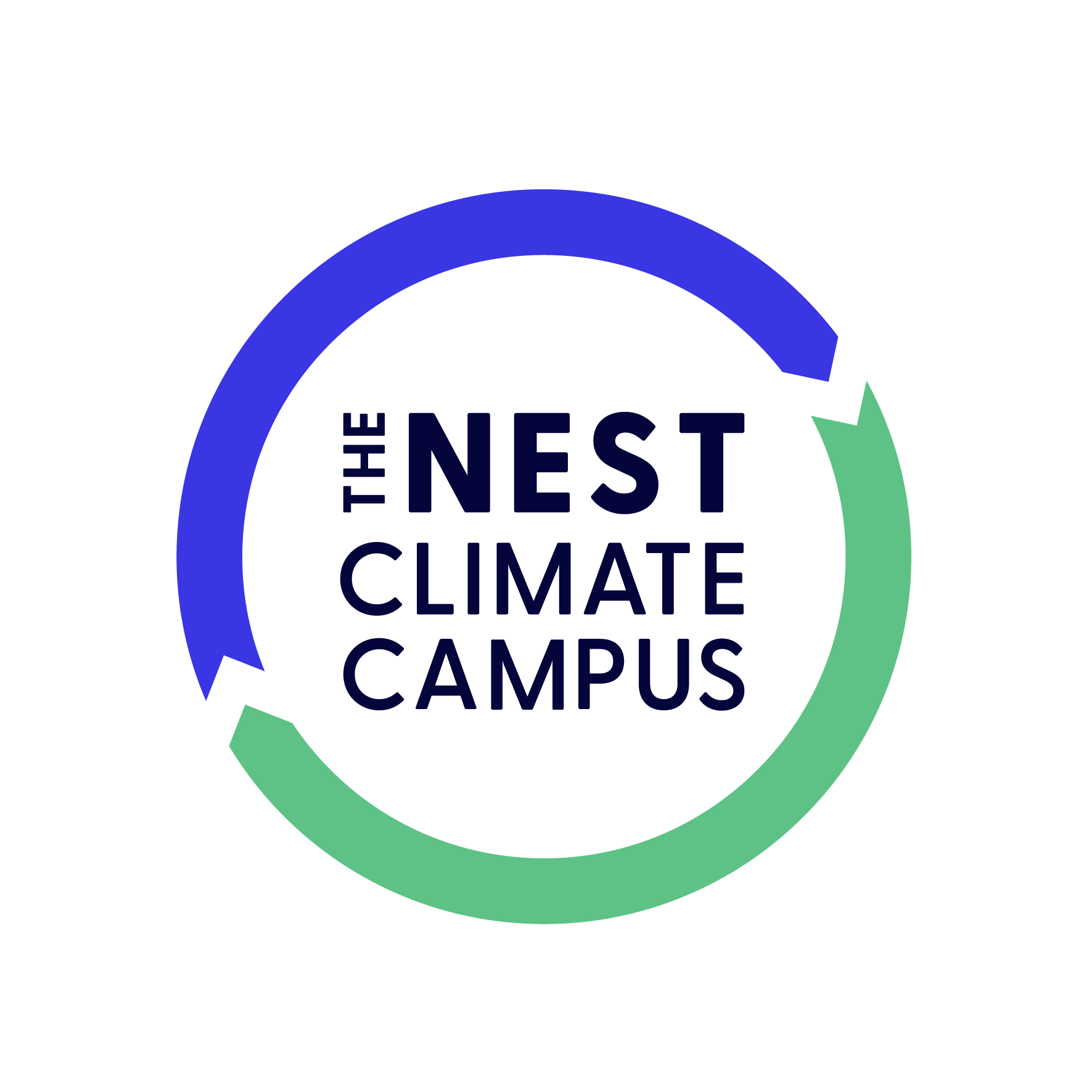Climate Conversations
Salesforce on Creating a More Sustainable Supply Chain and Measurably Reducing its Carbon Footprint
“Companies must take action immediately to change the way they do business, including collaborating more deeply with suppliers for climate action.”
At Salesforce, which has submitted consistent and transparent climate reporting and disclosures for almost a decade, climate change is influencing nearly every aspect of how the company does business.
The organization prioritizes climate at the highest levels of leadership and embeds sustainability across its business, including Government Affairs and Policy (Climate Policy Principles), Procurement (Sustainability Exhibit), Product & Innovation (Sustainability Cloud), and Real Estate. Climate change has also influenced Salesforces’ support for Nature Based Solutions as part of the 1T.org global movement to conserve, restore, and grow 1 trillion trees by the end of the decade; and help energize the ecopreneur revolution.
“We consider the environment to be a key stakeholder and we are committed to harnessing our culture of innovation to improve the state of the world,” says Patrick Flynn, Global Head of Sustainability at Salesforce. “We’re sharing our vision for a sustainable future for all with our customers and stakeholders who are looking to Salesforce for climate leadership.
Salesforce will go deeper into this topic during The Nest Summit in its session on Business as a Platform for Change. Below, Flynn shares how the company is leveraging the power of its people and products to reduce the impact that it and its customers have on the planet.
In conversation with: Patrick Flynn, Global Head of Sustainability at Salesforce

What’s an aspect of climate change your organization or industry is uniquely equipped to address? What do you wish your customers and/or clients knew about how your organization approaches climate change?
We bring the full power of Salesforce to accelerate the world’s largest businesses to Net Zero. We put transformational digital tools in the hands of companies to give them a 360 view of their carbon footprint so they can take meaningful action across their supply chains. That’s why earlier this year we launched Sustainability Cloud Scope 3 Hub, an industry-leading innovation that helps companies streamline how they track their supply chain carbon footprint data to effectively engage with suppliers to align on sustainability efforts.
With businesses, investors and governments increasingly focused on a Net Zero transition, and with consumers demanding more sustainable practices from brands, companies must look holistically at their supply chains in order to deliver results.

Describe one innovation your organization has put into place to respond to/combat the effects of climate change.
To rise and meet the climate emergency head on, we need more than pledges. Companies must take action immediately to change the way they do business, including collaborating more deeply with suppliers for climate action. That’s why earlier this year we unveiled a Sustainability Exhibit as part of our procurement contracts with suppliers moving forward.
The Sustainability Exhibit will help our suppliers reduce their carbon footprints while also further integrating sustainability into every aspect of our supply chain. It’s more important than ever that companies understand their most sustainability-oriented customers, and actively work with their vendors and suppliers to drive more thoughtful sustainability practices across the supply chain.
Businesses — big and small and across all industries — can create meaningful change by working together and taking bold climate action beyond their four walls.

How has climate change encouraged your organization to accelerate green initiatives?
As travel fell to near zero last year, we saw an opportunity to reimagine our business travel strategy and set a goal to reduce our annual business travel carbon emission intensity (emission/$ revenue) by 50% relative to 2019. In conjunction with our reduced travel commitment, we are helping incentivize emerging clean technologies and working with partners to lower barriers to scale and cost reduction. We also established environmentally sustainable guidelines for meetings and events, and for all modes of business travel — including air, hotel, rail, and ground transportation — to strongly encourage virtual meetings, hybrid options, and more sustainable means of transportation when booking business travel.
Lastly, we joined leading environmental groups RMI and the Environmental Defense Fund’s Sustainable Aviation Buyers Alliance (SABA) on a new initiative to help accelerate the path to climate neutral air transport by driving investment in high quality Sustainable Aviation Fuel (SAF).

What new tools or data are organizations using to better understand climate risk?
Salesforce built Sustainability Cloud to simplify and improve the process of tracking and reporting on our own carbon footprint. This transformed a process that took more than six months to six weeks, which supercharged Salesforce’s path to reaching our climate goal. This enabled Salesforce to quickly track, analyze, and report on our environmental footprint with reliable, investor-grade data. This data quality is essential for third-party audits, financial filings, corporate reputation, and building trust with all stakeholders in our voluntary climate disclosures, like our annual Stakeholder Impact Report and our 10-K filings. Our hope is that every company — small or large and across every industry — leverages Sustainability Cloud to be empowered to take meaningful climate action.






